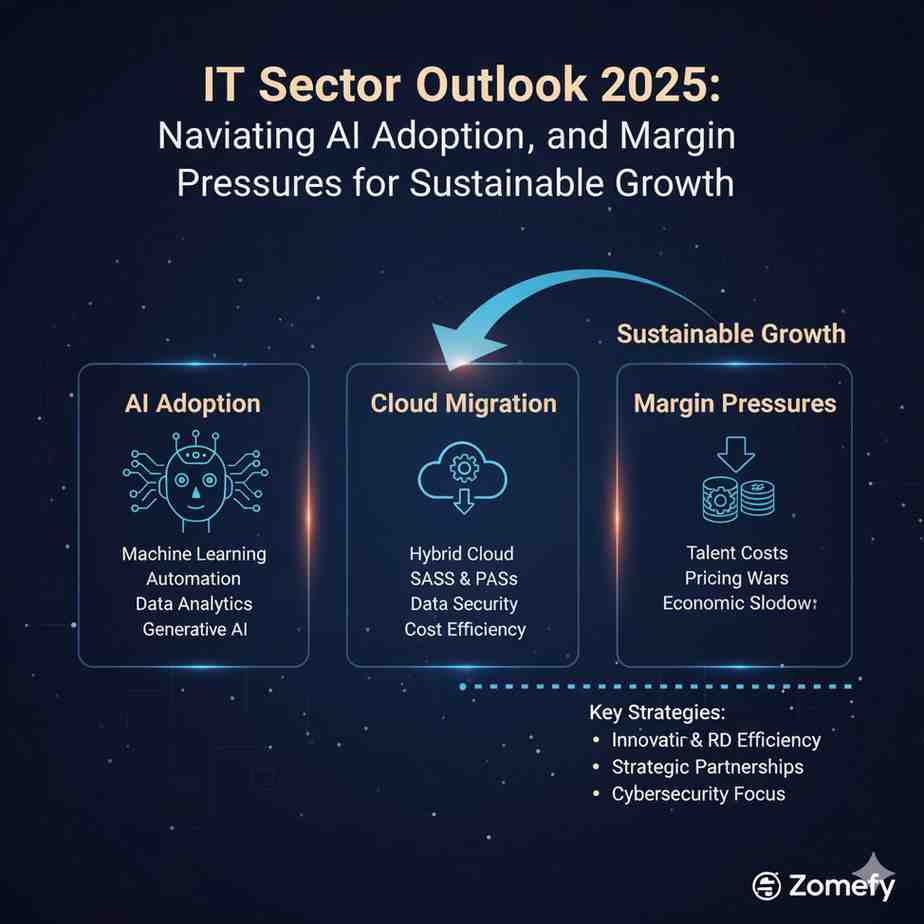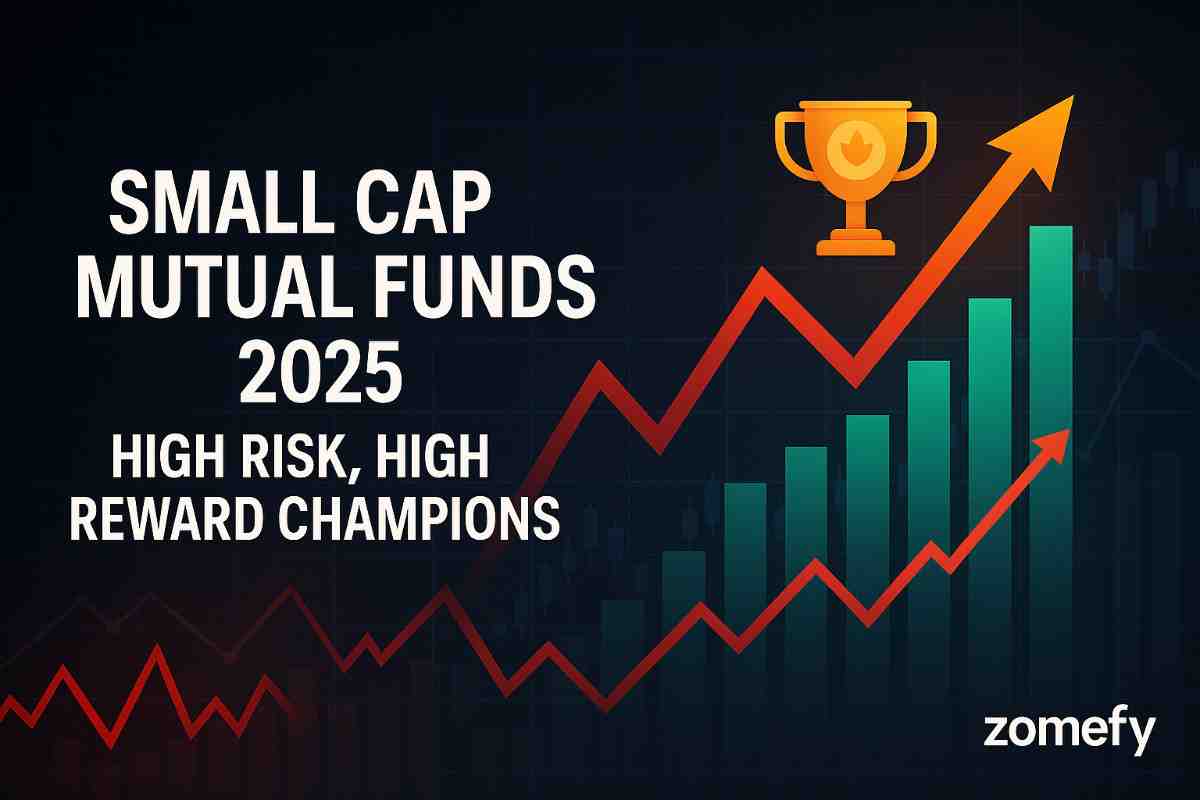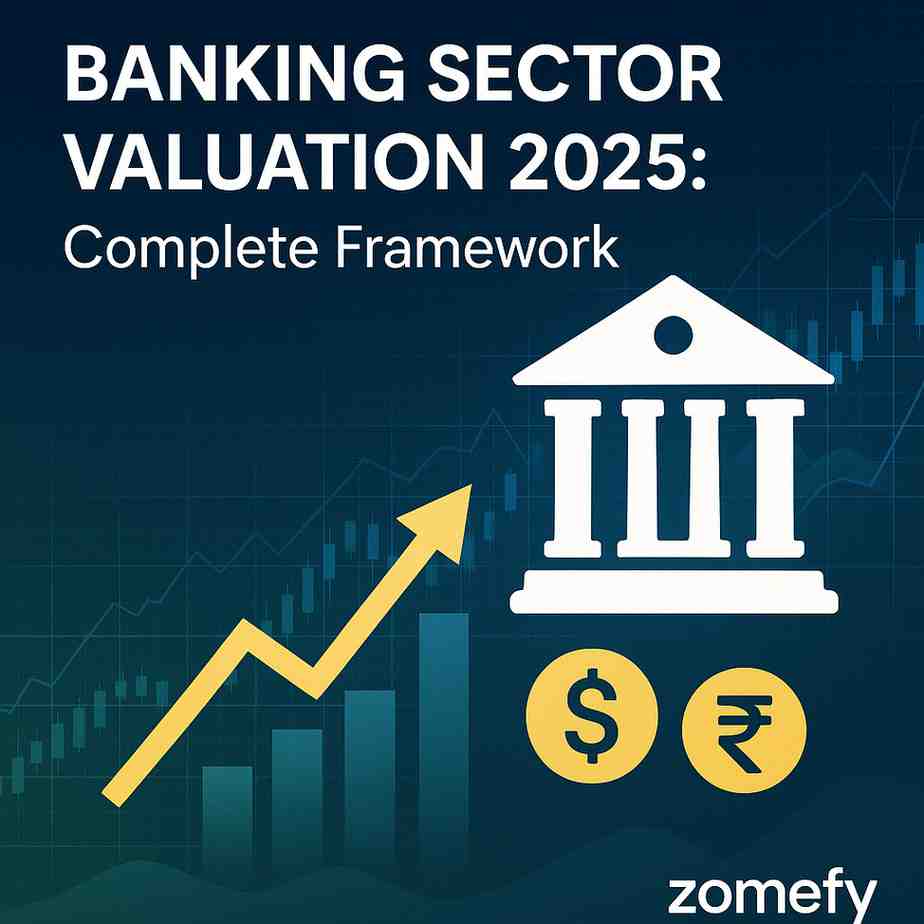Auto Sector Valuation 2025: Cyclical vs Structural Growth
Comprehensive auto sector valuation analysis for 2025 with cyclical vs structural growth framework. Analyze Maruti, Tata Motors, Mahindra, Bajaj Auto performance and investment opportunities in Indian auto sector.
Auto Sector Valuation 2025: Cyclical vs Structural Growth
What You Can Do Next
- Read the full article for complete insights
- Save for later reference
- Share with others learning about this topic
Image not available
The Indian auto sector is at a critical juncture, with traditional cyclical patterns being disrupted by structural changes like EV transition, changing consumer preferences, and regulatory shifts. As we enter 2025, understanding the interplay between cyclical and structural growth factors becomes crucial for investors. This comprehensive analysis examines the auto sector's valuation metrics, growth drivers, and investment opportunities.
Auto Sector Overview 2025
Sector Characteristics
2025 Growth Outlook
Cyclical vs Structural Growth Analysis
Cyclical Growth Factors
Structural Growth Factors
Company-Specific Analysis
Maruti Suzuki - The Market Leader
Tata Motors - The EV Pioneer
Mahindra & Mahindra - The SUV Specialist
Bajaj Auto - The Two-Wheeler Leader
EV Transition Analysis
EV Market Dynamics
EV Investment Opportunities
Valuation Framework & Metrics
Valuation Metrics
Investment Framework
Investment Recommendations
Top Picks by Category
Risk Management
Conclusion
Frequently Asked Questions
What are the key growth drivers for auto sector in 2025?
Key growth drivers include EV transition (biggest structural change), rising income levels and urbanization, infrastructure development, government support through FAME II scheme, export growth, and changing consumer preferences towards SUVs and premium vehicles. Cyclical factors like economic growth and interest rates also play important roles.
How to evaluate auto sector companies for investment?
Evaluate companies based on market position and competitive advantages, EV strategy and execution, financial health and debt levels, growth prospects and margins, management quality and execution track record, and ESG practices and sustainability focus. Consider both fundamental analysis and technical analysis for better decision making.
What are the key risks in auto sector investments?
Key risks include EV transition challenges and high capital requirements, cyclical nature and economic sensitivity, regulatory changes and compliance costs, competition and market share loss, supply chain disruptions and raw material costs, and technology disruption and obsolescence. Diversification and risk management are crucial.
How to value auto sector companies?
Use multiple valuation methods: P/E ratios (10-20x range), P/B ratios (1.5-4x range), EV/EBITDA (5-15x range), and DCF analysis considering growth prospects. Consider sector-specific metrics like EV penetration, market share, and export growth. Focus on companies with strong fundamentals and growth prospects.
What is the ideal allocation to auto sector in a portfolio?
For growth investors, allocate 8-12% of equity portfolio to auto sector. For balanced investors, 6-10% allocation is appropriate. For conservative investors, 4-6% allocation is sufficient. Diversify across 2-3 quality auto companies to reduce concentration risk. Consider your risk tolerance and investment horizon while deciding allocation.
Disclaimer: This analysis is for educational purposes only and should not be considered as investment advice. Past performance does not guarantee future results. Please consult with a qualified financial advisor before making investment decisions. Auto sector investments are subject to market risks and cyclical fluctuations.
Continue Your Investment Journey
Discover more insights that match your interests

Oil & Gas Sector Valuation: Integrated vs Pure-Play Analysis
Comprehensive oil & gas sector valuation analysis with integrated vs pure-play framework. Analyze Reliance, ONGC, Oil India, GAIL performance and investment opportunities in Indian oil & gas sector.

IT Sector Outlook 2025: Navigating AI Adoption, Cloud Migration, and Margin Pressures for Sustainable Growth
India’s IT sector is at a pivotal juncture in 2025, shaped by rapid AI adoption, accelerating cloud migration, and persistent margin pressures.

Small Cap Mutual Funds 2025: High Risk, High Reward Champions
Explore small cap mutual funds for 2025 with high risk, high reward analysis. Compare top performing small cap funds with growth potential and investment strategies.

Banking Sector Valuation 2025: Complete Framework
Comprehensive banking sector analysis with valuation frameworks, key metrics, and investment opportunities in 2025.
Explore More Insights
Continue your financial education journey
